Foursquare and Gowalla are the most well-known location based social networks. They’ve been around for some time, but like Twitter before them, have now reached a Tipping Point of online social media conversation and debate. Both were much discussed at the recent South by Southwest conference in Austin, as were location based services in general.
Are you signed up yet? To find out more about them, check out Crunchbase. In a nutshell, both services use geo-location technology to pinpoint where you are. When you log on via your mobile device, a window shows stores, restaurants, museums, cafes, etc. in your immediate area, and when you check in to one of these locations, you can automatically let friends and followers know, write a message or leave a comment, tip or rating. You can also read other users’ comments about the location.
Foursquare also incorporates gaming elements through a system of badges that you earn when you become, for example, the most frequent visitor to a place, or have visited a certain number of new places. As odd as it sounds, people really get into this and it obviously provides promotion and merchandising opportunities for businesses and retailers. Foursquare works with businesses to provide stats based on audience check-ins, so a local restaurant might offer a special deal to its “mayor” (the badge awarded to the most frequent visitor) and his followers to drive loyalty, increase frequency of visits, or motivate lapsed visitors to come back. Businesses can also set up loyalty programs for customers to earn points every time they check in, redeemable against future purchases. Those are just a couple of examples of how local businesses are using Foursquare to boost traffic and sales. You can find more information on Foursquare’s information page for businesses.
Indeed, much of the discussion of around location-based services has been about their marketing value to small, local businesses. But as these services develop and add on new features, they will become just as valuable for major brands and businesses as well.
An age-old tenet of traditional media planning is to reach consumers when and where they will be receptive to the message. Indeed, one could argue that a major issue with the traditional one-way, one-to-many communications model of the last 150 years — aside from the fact that so much advertising was, and still is, tedious and boring — is that too many messages reached the wrong people, at the wrong place, at the wrong time. Location-based services like Foursquare and Gowalla can change all that. What’s especially exciting is that these services can deliver those messages precisely at the moment when buying decisions can most likely be influenced and acted upon, at the point of sale.
Imagine you’re a mom, it’s Saturday morning and you’ve checked in at your local Tesco or Safeway using Foursquare. Among your Foursquare friends and followers are other moms like you. Let’s pretend Foursquare has an interface that allows you to list the categories and brands from whom you’re happy to receive information, as well as an opt-in function that lets you choose when you receive that information and when you don’t. (It will happen soon enough!) You opt in because this is precisely when and where you are receptive to hearing about the latest deal on diapers, the newest flavor variety of your favorite salad dressing brand, or a new recipe suggestion for preparing a quick dinner for your family that evening.
Some other ways Foursquare might help you out:
You point your iPhone at a new item you’re considering, and Foursquare immediately shows you comments and reviews from your friends or the broader Foursquare community.
You check in to Foursquare and you receive a personalized thank you message from Tropicana Orange Juice for buying Tropicana each of the last three times you went shopping at this location, with a 50% off coupon for your next purchase.
Gerber Baby Food lets you know that 10 moms in your Foursquare network also buy baby food and if you all buy $5,00 or more of Gerber this week, you’ll all receive a buy 1 get 1 free offer the next time you visit the store. You message your friends to let them know.
None of these functions are available yet, but it’s only a matter of time until these or others like them are.
Social media purists may find the notion of using Foursquare and Gowalla as a channel for marketing messages anathema. Many would say that it’s fine for brands to participate in social media, but if they do, it needs to be in a genuine way, with a human voice, through personalized one-on-one conversations. I agree that the possibility of the social web to enable more human, collaborative exchanges between people and the companies they buy from is one of the most exciting aspects of the new, post-broadcast age. But it’s not the only way of doing things. If a social media service empowers consumers to receive promotional messages from companies and brands that are of interest to them, where and when they want to receive those messages, and on top overlays that information with additional opinions and commentary from their peers, I don’t have a problem with that. As I’ve mentioned in previous posts, one of the main reasons that people become fans of branded Facebook pages is that they want to learn about special offers, free samples and promotions. So apparently consumers don’t have a problem with it either.



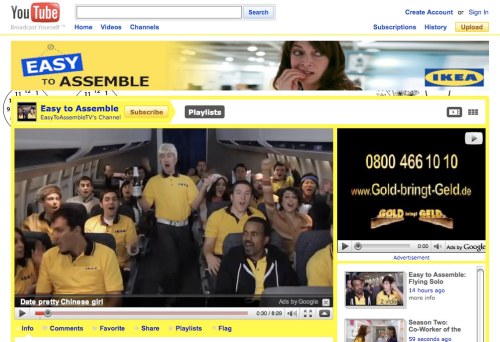


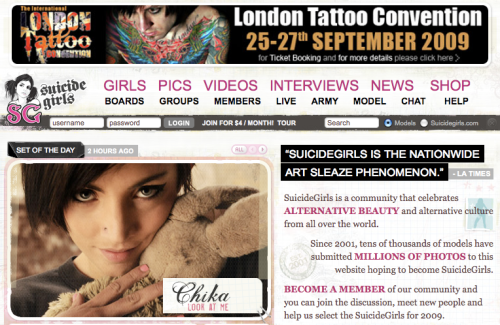
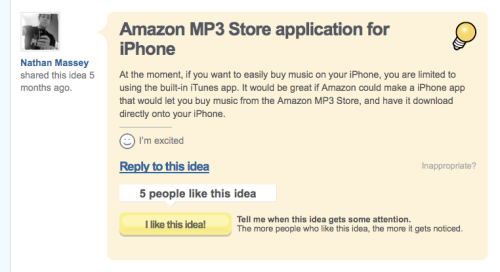
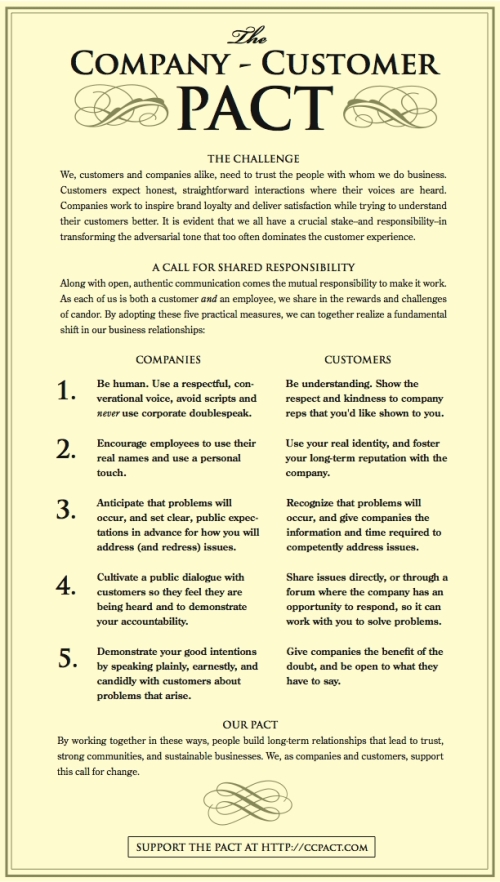
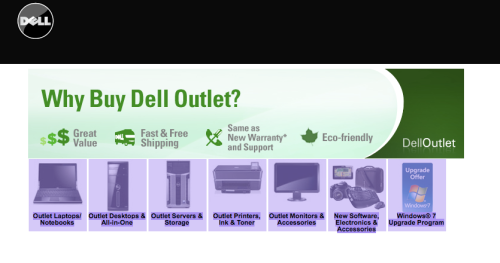
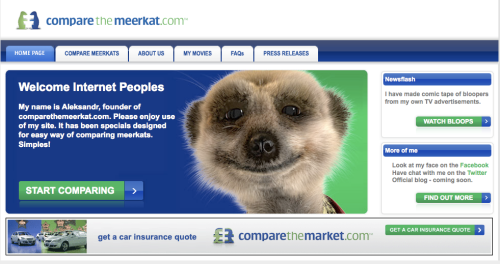

 Now, I know Nutella is very popular in Germany and across Europe. But I wouldn’t have expected it to be the third most popular Facebook page on the planet. Would you? (Do you even know what Nutella is?) It has 3.2 million fans.
Now, I know Nutella is very popular in Germany and across Europe. But I wouldn’t have expected it to be the third most popular Facebook page on the planet. Would you? (Do you even know what Nutella is?) It has 3.2 million fans.
